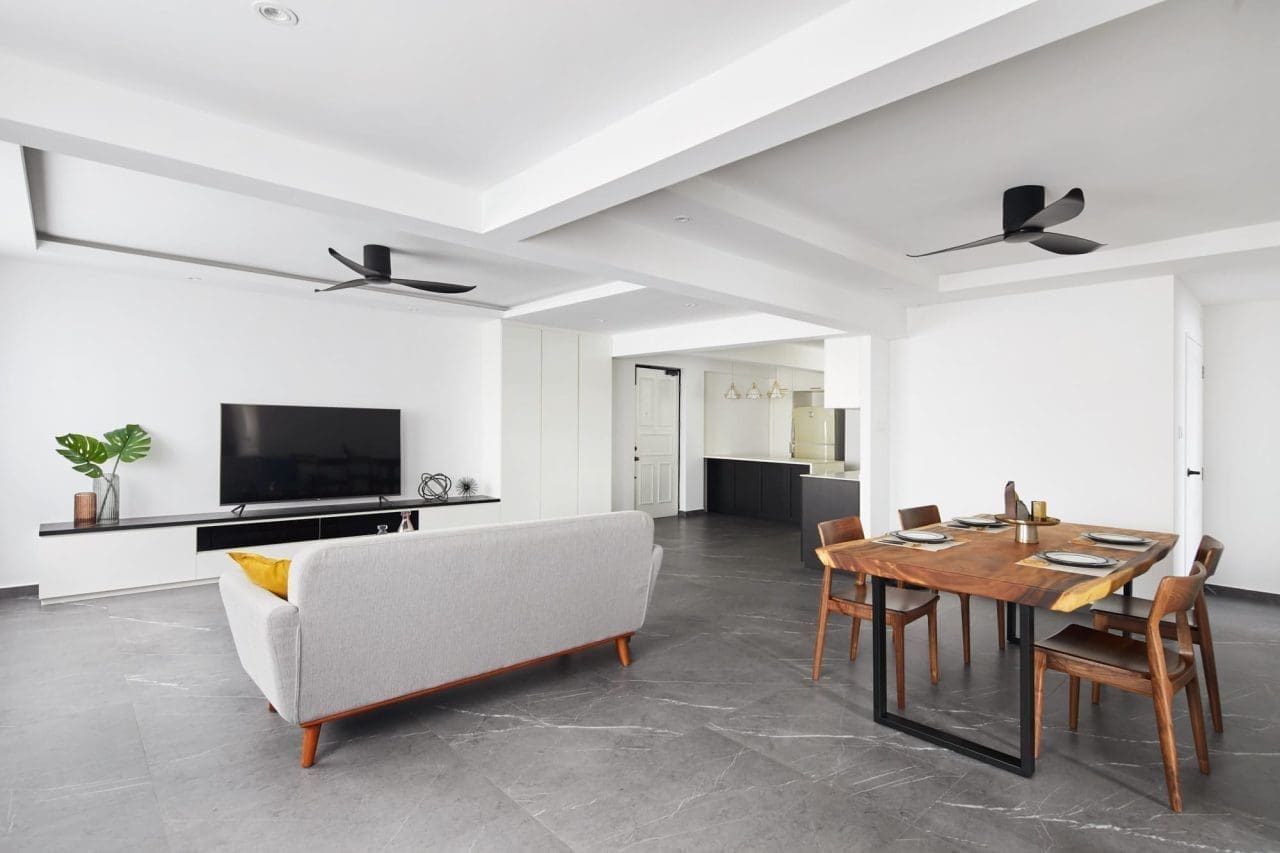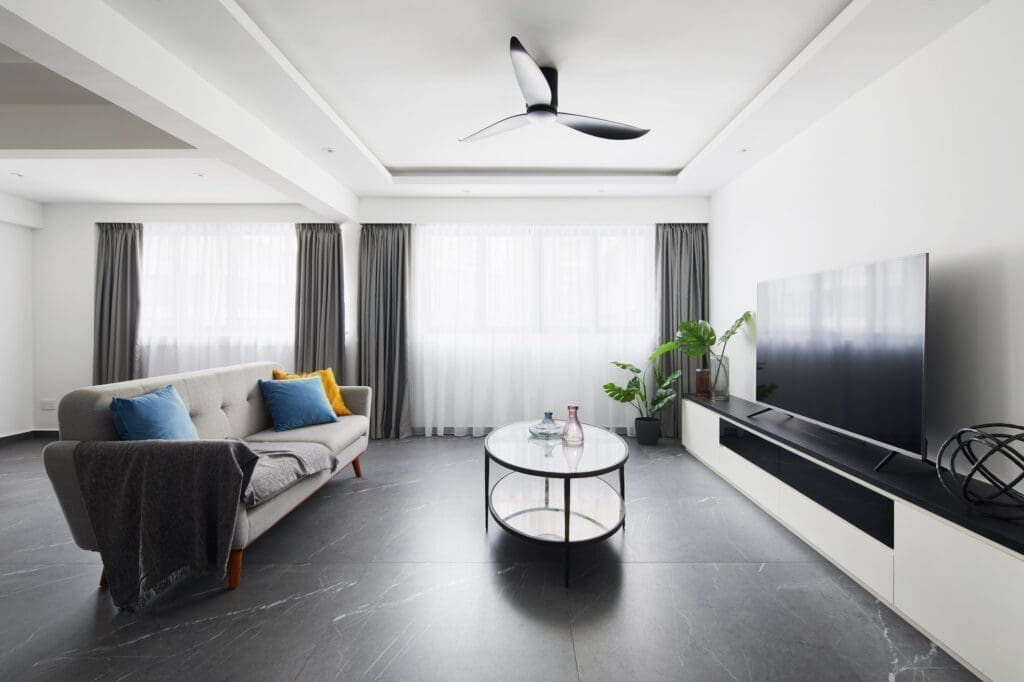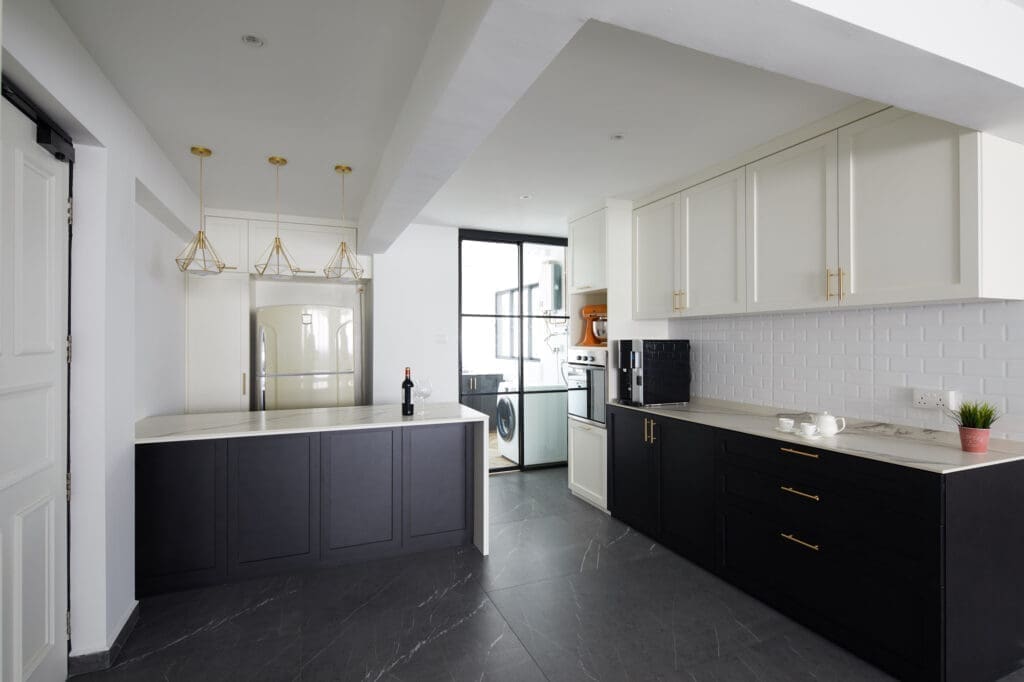Table of Contents
ToggleInterior Design: Get The Right Style From Interior Designer
Contact Us
Showroom 1
534 Balestier Road
Singapore 329860Showroom 2 (Opening Soon)
67 Ubi Road 1 #06-10
Oxley Bizhub
Singapore 408730+65 85882388
begins@ovon-d.comQuick Links
Social Media


 Interior Designs Singapore
Interior Designs Singapore




